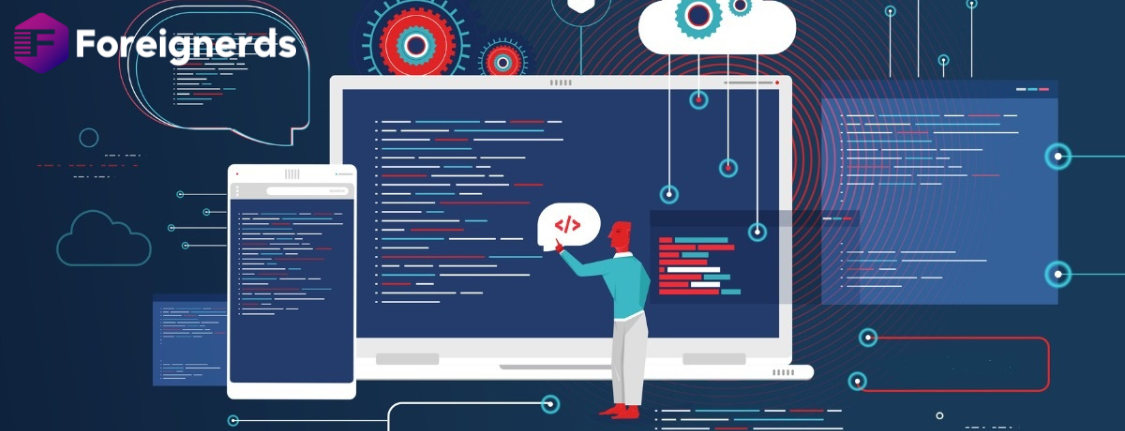- Home
- Design and Development
- The Evolution of PHP: From Past...

PHP, a widely used server-side scripting language, has faced its fair share of criticism and controversy over the years. Despite the ongoing debates, PHP has managed to maintain its popularity and is still widely adopted in web development. In this article,
We will explore the journey of PHP, its unique characteristics, and its place in the evolving landscape of web development.
PHP made its debut in 1994, thanks to Rasmus Lerdorf. However, the initial version of PHP was quite different from what we know today. Unlike most programming languages that start as complete entities, PHP evolved gradually. Initially, it served as a toolset designed to add dynamic functionality to websites using CGI (Common Gateway Interface), implemented in the C language. These tools were initially dubbed “Personal Home Page Tools” or PHP tools.
During PHP’s inception, CGI was the primary means of serving dynamic content on the web. It entailed writing programs to serve web pages, incorporating dynamic elements. This allowed users to interact with websites, a novel concept at the time. While CGI remained relevant, PHP offered an alternative approach to creating dynamic web content, making it simpler and more accessible.
One of PHP’s defining features is its seamless integration with HTML. This capability distinguished from other CGI tools like PERL. In a PHP script, you could embed code within an HTML document, enabling the execution of database queries and dynamic content generation alongside regular HTML elements. This approach streamlined web development by allowing developers to create mostly static websites and add dynamic elements where necessary.
PHP’s initial success lay in its simplicity and ease of use. It catered well to tasks like creating contact forms or displaying database query results within web pages. As this approach gained popularity, PHP gradually expanded its capabilities, eventually matching full-fledged programming languages. However, challenges arose when developing larger applications, as PHP lacked a structured approach and clear separation of logic and display code.
Today, the community is divided into two main camps: those who adhere to PHP’s original design and those who have transformed PHP into an Object-Oriented language. The latter group has introduced significant improvements and embraced modern development practices, including frameworks like Laravel, Zend, and Symfony. However, these advancements often come at the cost of PHP’s original simplicity.
A key challenge in traditional PHP development is the lack of application structure. Unlike well-structured approaches like the Model-View-Controller (MVC) pattern, PHP’s original design revolves around web pages as the central units of development. This approach can lead to unpredictable data flow and code repetition. For instance, database queries are often scattered throughout files responsible for generating user-visible content.
As PHP has evolved, it has incorporated elements from other programming languages, moving away from its originality. Deprecated functions, like the mysql_ extension, are now replaced with more modern practices. In modern applications, the view focuses solely on HTML, while a model handles database interactions, and a controller manages data flow. While these changes improve PHP’s structure, they also dilute its distinctive features.
One prominent area where PHP is extensively used is in Content Management Systems (CMS) like WordPress and Drupal. These systems strike a balance between old-school approaches and modern Web Applications. While they may not always exhibit elegant internal structures, they do not rely on deprecated functions like mysql_ extension. WordPress alone powers a significant portion of the web.
PHP’s journey from a simple toolset for web development to a versatile scripting language has been marked by controversy, adaptation, and evolution. Its unique approach, ease of use, and rapid deployment capabilities have contributed to its longevity. While has shed some of its originality in favor of modern programming practices, it remains a powerful tool in the hands of developers who understand its strengths and weaknesses. Ultimately, Evolution of PHP future will be shaped by those who continue to push its boundaries and redefine its role in the ever-changing world of web development.
© 2013 - 2025 Foreignerds. All Rights Reserved